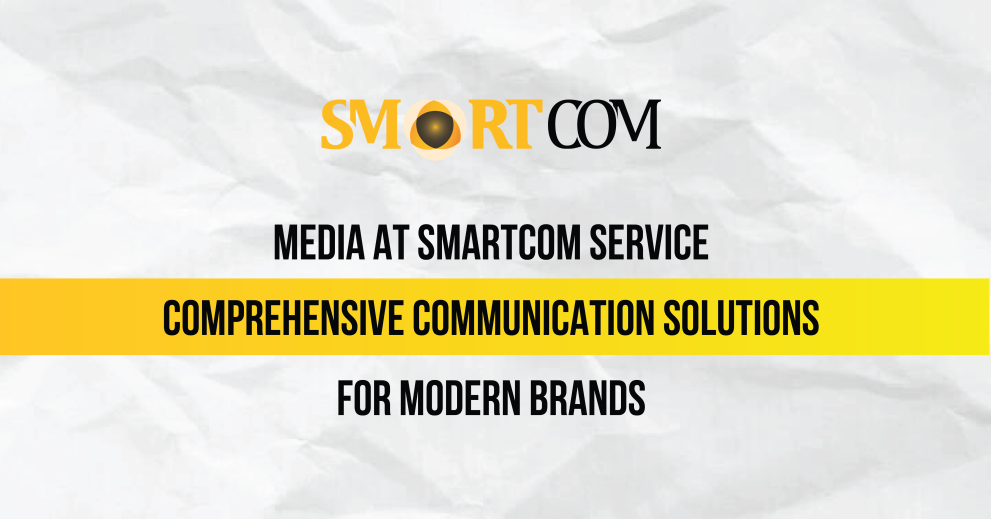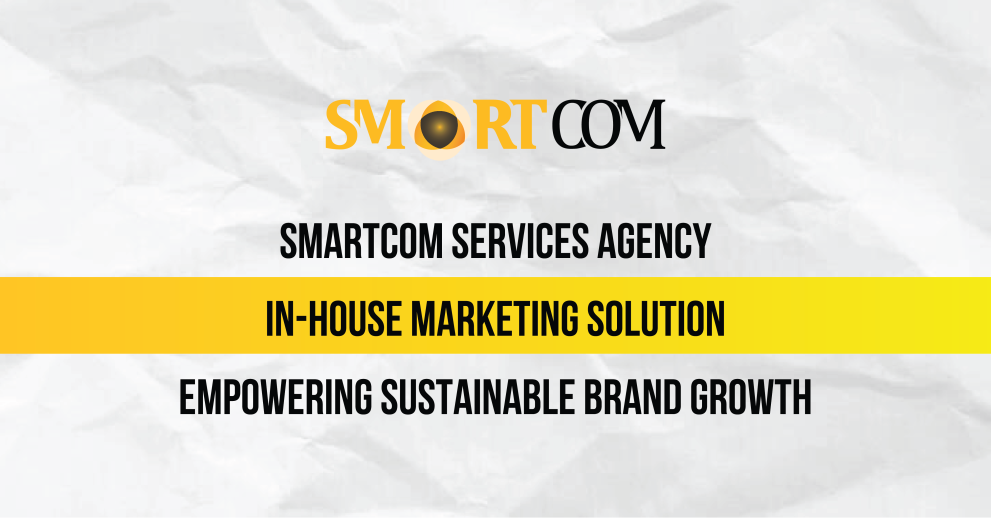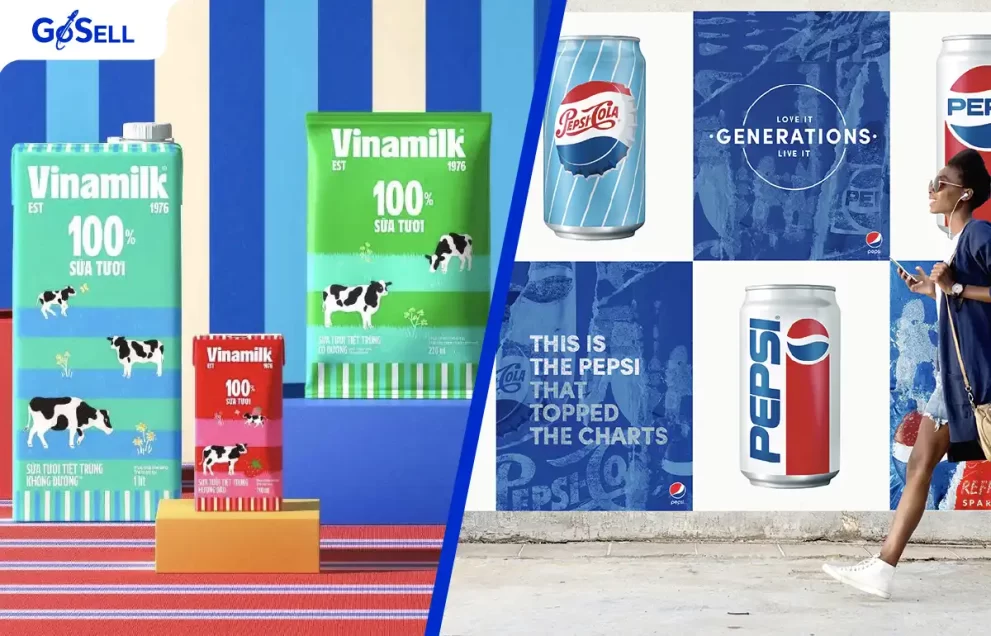Imagine this: your business has a great product, a decent website, and you’ve run a few Google Ads campaigns in the past. But leads are unpredictable, conversion rates are stagnant, and your ad budget keeps climbing without clear returns. Sound familiar?
If you’re running a small or medium business or managing marketing for one, chances are the problem isn’t that you’re doing Google Ads wrong. It’s that you don’t have a Google Ads strategy in place. Not a list of keywords, not a budget spreadsheet, but a real strategy rooted in how people search, decide, and buy.
Running Google Ads isn’t just about getting clicks, it’s about getting the right clicks, from the right people, at the right time. Smartcom will walk you through how to build an effective Google Ads strategy that not only improves campaign performance but also strengthens your business’s online presence over time.
Why Most Google Ads Campaigns Underperform Without Anyone Noticing
It’s rarely about budget or product quality. Campaigns underperform because they’re disconnected from customer behavior. The ads speak one language; the customer is searching in another. There’s no shared logic between what the business wants and what the user is experiencing.
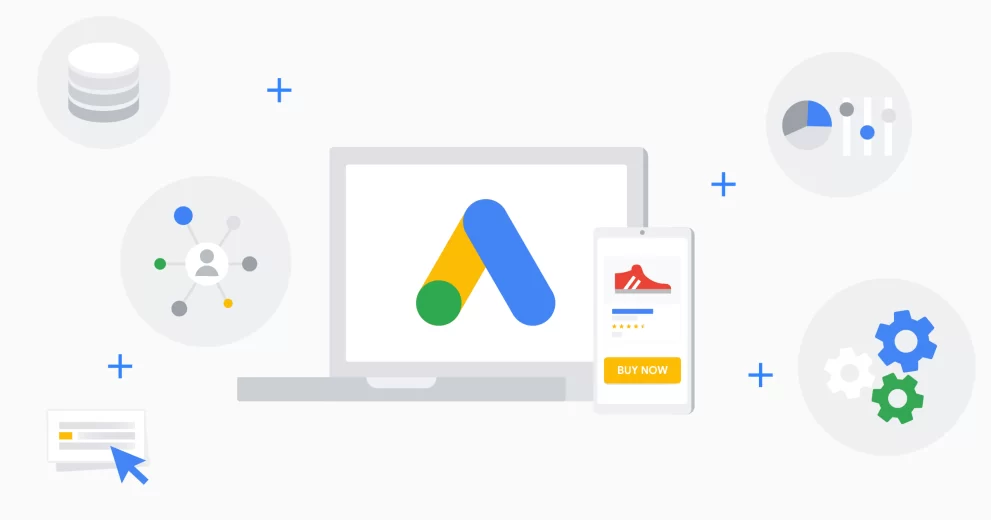
What happens next? Teams start guessing. They pick popular keywords. They try a few headlines. They spread the budget evenly. They make decisions based on short-term metrics like cost-per-click instead of outcomes.
None of that is wrong, but it isn’t strategic either.
The starting point of a real Google Ads strategy is brutally simple: who is your customer, what are they trying to solve, and why should they stop what they’re doing and pay attention to you? Until those questions are answered, campaigns are just spending mechanisms.
Keyword Strategy Only Works When It’s Aligned With Intent
Too many campaigns start by targeting high-volume keywords without considering the stage of the customer journey. Sure, a broad search term can attract traffic, but traffic alone isn’t the goal. Relevance is.
A person searching “how to run online ads” probably isn’t ready to hire an agency. They’re still exploring. But someone searching “Google Ads management for local businesses” is already thinking about who to work with. That’s intent—and it matters far more than raw traffic numbers.
This is where things get strategic. The goal isn’t just to appear—it’s to appear with the right message, at the right time, for the right query. That means planning campaigns around three distinct mindsets: awareness, consideration, and conversion. Each one needs a different message, a different landing page, and often a different bidding approach.
When intent drives structure, campaigns become more focused, clicks become more valuable, and conversions don’t have to be forced—they happen naturally.
Don’t Divide Budgets Evenly
Another mistake we often see is “equal distribution.” Businesses divide the budget across all campaigns like slices of a pizza. The problem? Not every campaign deserves the same slice.
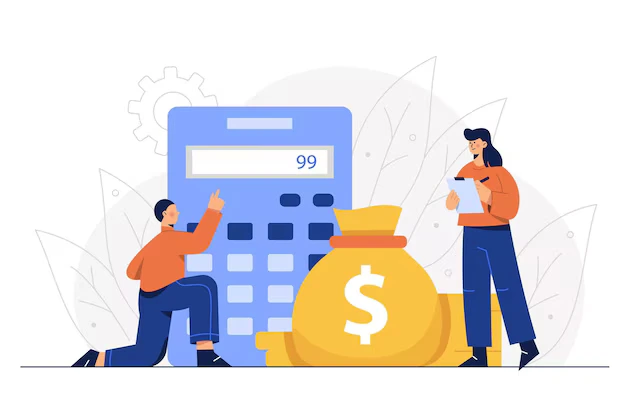
A better approach is to allocate spend based on where users are in their journey. For instance, people discovering your brand for the first time likely need less budget than those ready to buy. Instead of funding every campaign equally, you invest more where the return is most immediate and trackable.
Think of it like this: you don’t need to shout louder at the top of the funnel—you need to whisper smarter at the bottom. Budget should reflect that shift in behavior and urgency.
Campaigns become more efficient when they’re prioritized based on where the audience is in the buying cycle—not based on internal assumptions or wishful thinking.
The Best Ads Don’t Try to Be Clever
Strong ad copy doesn’t come from creative flair. It comes from understanding what your customer is trying to do and making their next step obvious. That doesn’t mean boring. It means relevant. Clear. Actionable.
If someone is searching for help managing their Google Ads account, they don’t want a headline like “Next-Level Innovation for Brands.” They want to see, “Get a Custom Google Ads Plan in 24 Hours.”
Simplicity wins attention. Specifics win trust. Strong ads also use tools like sitelinks, callouts, and snippets—not just to expand your message, but to build authority. These elements turn a single sentence into a complete, clickable experience. And in many cases, they’re the deciding factor between a click and a scroll-past. You’re not writing ads to impress. You’re writing them to be chosen.
Your Landing Page Is Where Most Campaigns Fall Apart
Even great ads fail when they lead to confusing, irrelevant, or cluttered landing pages. Imagine clicking an ad that promises a free audit, only to land on a generic homepage. That’s not just frustrating, it’s expensive.

A high-performing landing page isn’t about fancy design. It’s about clarity. Fast load times. Mobile responsiveness. A strong headline that repeats the offer. Clean layout. One clear call to action. And no distractions that make the visitor pause and rethink.
Your ad might win the click. But your landing page earns the conversion. And too often, that final moment is treated as an afterthought.
Google Ads Works Best When It Doesn’t Work Alone
Many brands treat Google Ads like a standalone activity. They hire someone to “run ads” without connecting it to the larger brand narrative. That’s a missed opportunity.
When your Google Ads campaign reflects the tone, message, and design of your website, social media, or even offline campaigns, customers feel continuity. They recognize your voice. They trust the transition from click to site. They’re more likely to act.
If you’re promoting a seasonal message on Instagram, your search ads should reinforce that message. If you’re running a YouTube campaign, your Display Ads can guide viewers deeper into your product story. And if you’re publishing thought leadership on your blog, your paid search can help drive qualified eyes to it.
The strongest Google Ads strategy is never siloed. It’s woven into the brand experience.
Look Beyond the Clicks
Most teams focus heavily on cost per click (CPC) or return on ad spend (ROAS). While those are important, they don’t tell the whole story, especially if your campaign influences behavior beyond the first click.
Other metrics deserve attention:
Impression share tells you how often you’re showing up. Time on page reveals engagement. Quality Score gives you insight into how your ads are performing behind the scenes. And brand lift—like increases in direct searches or repeat traffic—tells you whether your ads are leaving a lasting impact.
You’re not just buying clicks. You’re building visibility, recall, and preference. Don’t let surface metrics distract you from deeper success indicators.
Google Ads Is a System, Not a Shortcut
A strong Google Ads strategy isn’t about chasing the latest ad format or obsessing over daily spend. It’s about clarity. Knowing who your audience is, where they are in their journey, and how to meet them with relevance—not noise.
When your strategy is built around intent, structure, and alignment with your broader brand, Google Ads stops feeling like a guessing game. It becomes a tool for consistent, measurable growth.
At Smartcom, we don’t just manage ads—we help businesses build systems that connect performance with purpose. If you’re ready to move beyond trial-and-error and start turning your ad budget into real brand momentum, we’re here to help you do it right.



